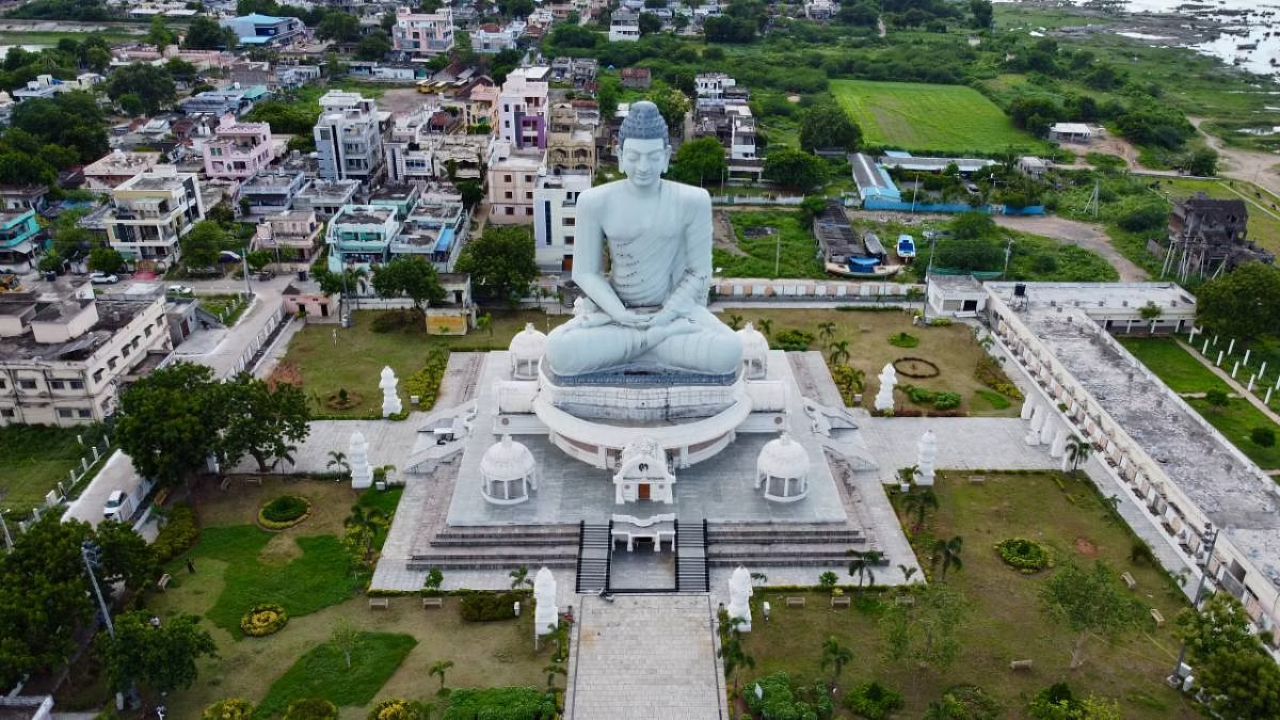The Andhra Pradesh Government Hub supports Andhra residents and their democracy by bringing together information, experts, organizations, policy makers, and the public to facilitate greater engagement in central, state, and local politics and more civil, positive discussions and collaborations on important issues and governance.
Andhra Pradesh Government Hub is one of many state government hubs being launched next year by the nonpartisan, nonprofit onAir Networks. Other state hubs will be discoverable in the future at the national India Government Hub.
Andhra Pradesh is a state in the southern coastal region of India. It is the seventh-largest state with an area of 162,970 km2 (62,920 sq mi) and tenth-most-populous state, with 49,577,103 inhabitants. It has shared borders with Telangana, Chhattisgarh, Odisha, Tamil Nadu, Karnataka, and the Bay of Bengal. It has the second-longest coastline in India of about 974 km (605 mi). After existence as Andhra state and unified Andhra Pradesh, the state took its present form on 2 June 2014, when the new state Telangana was formed through bifurcation. Amaravati serves as the capital of the state with the largest city being Visakhapatnam. Water sharing disputes and assets division with Telangana are not yet resolved. Telugu, one of the classical languages of India used by the majority of people, is the first official language.
OnAir Post: Andhra Pradesh Government Hub






























